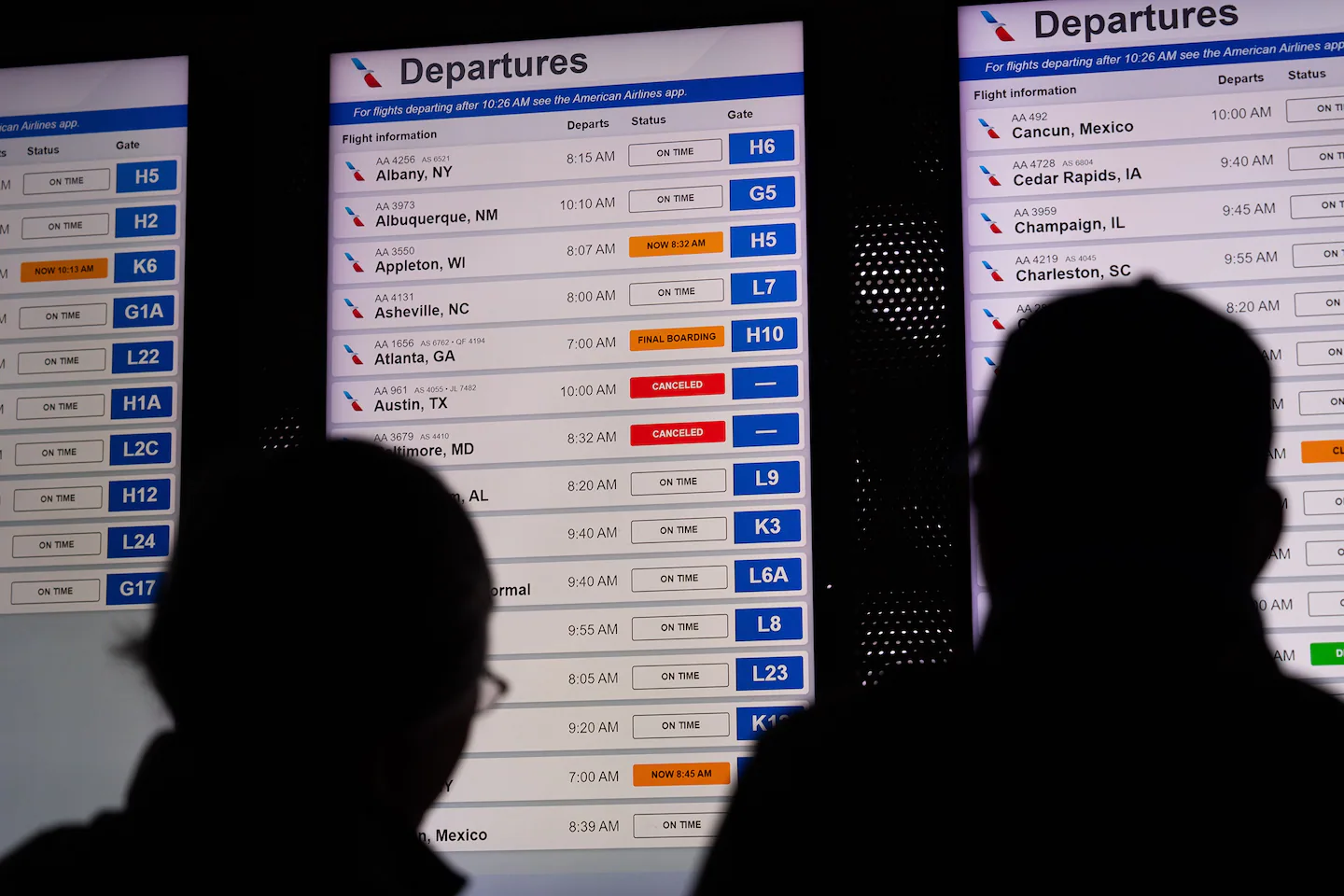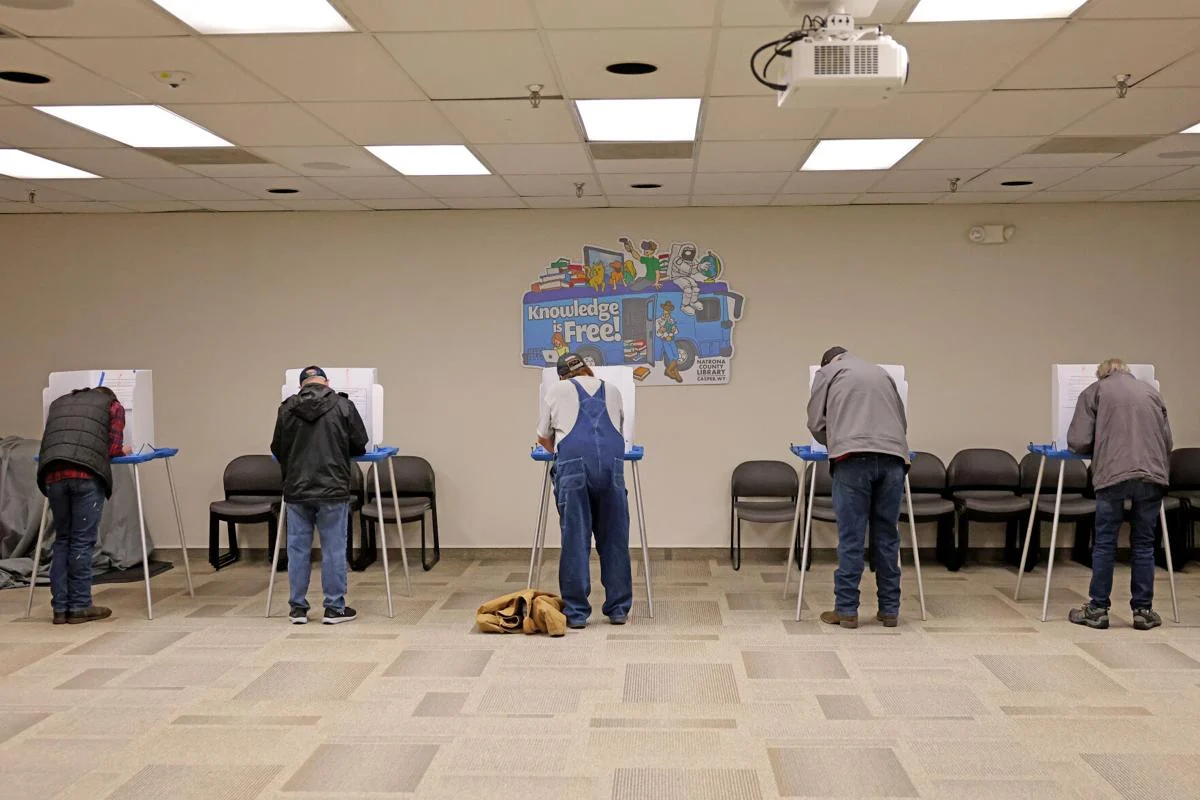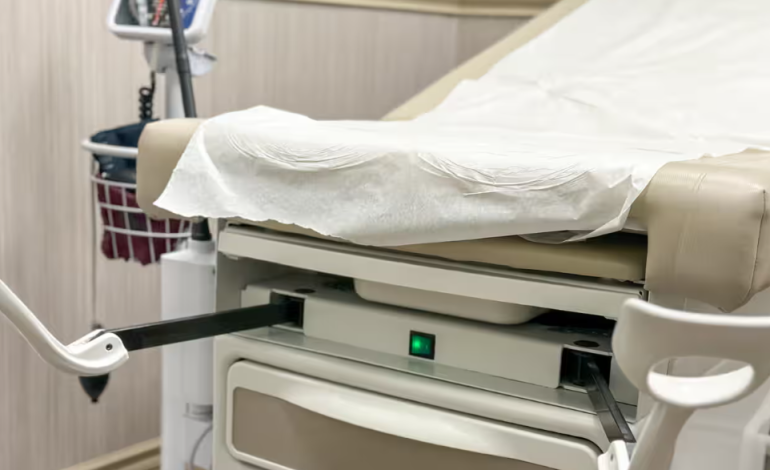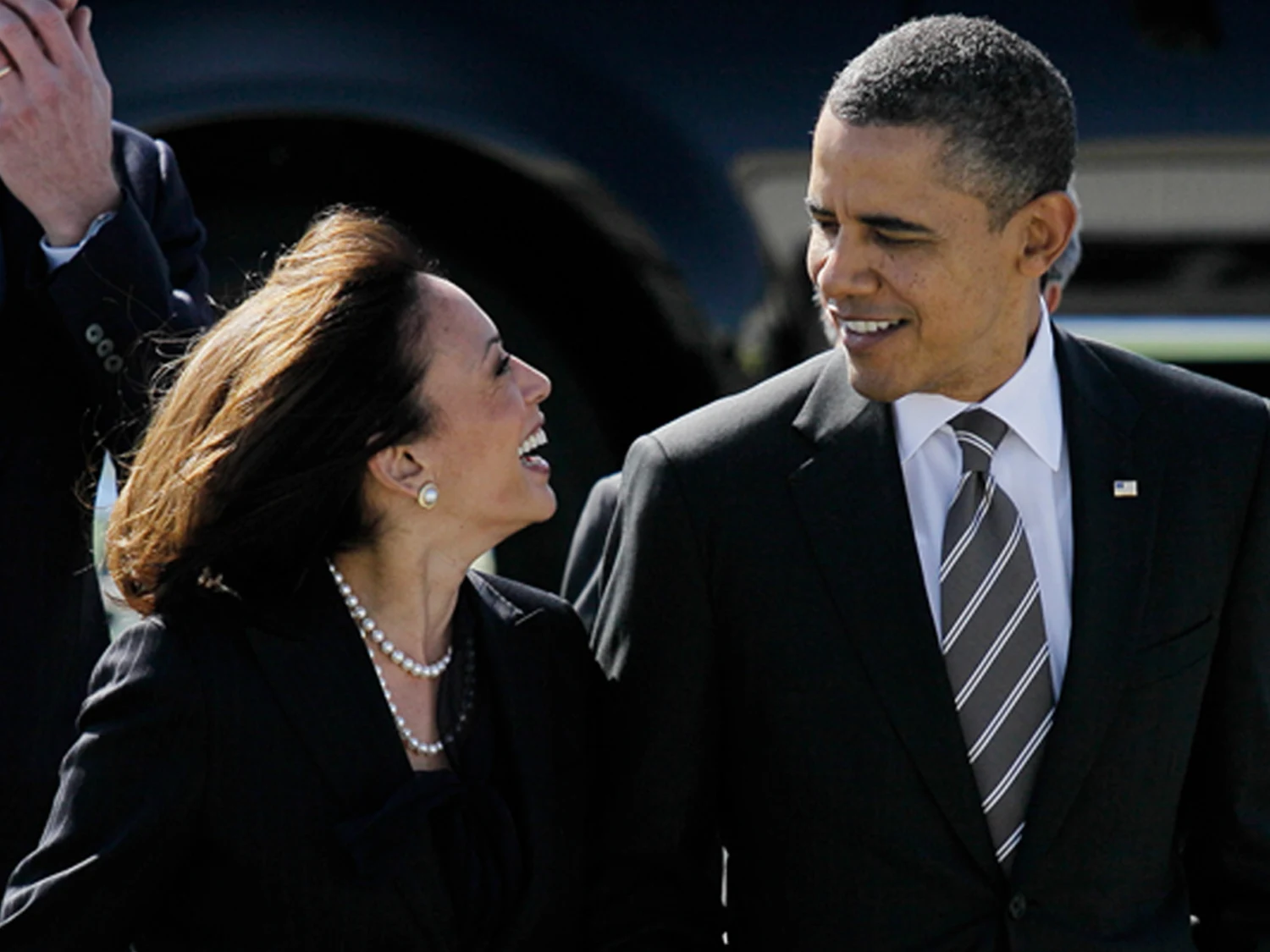The number of abortions performed in the United States rose in 2024, reaching the highest levels since the Supreme Court overturned Roe v. Wade in 2022, according to a new report from #WeCount, a project by the Society of Family Planning.
The rise is largely attributed to the growing use of telehealth services to access abortion medication, even in states where abortion is banned or heavily restricted.
The report, released on the eve of the third anniversary of the Dobbs decision, estimates that approximately 1.14 million abortions took place across the country last year—up from around 1.05 million in 2023. The data reflects about 95,000 abortions per month, compared with 88,000 per month the year before. These figures remain below the US peak of nearly 1.6 million annually in the late 1990s.
Despite bans in over a dozen states, including 12 with full abortion prohibitions and others that restrict access after about six weeks of pregnancy, abortion services have continued through alternative channels. Notably, abortions accessed through telehealth services—where patients consult providers remotely and receive abortion pills by mail—now account for approximately one in four abortions nationwide.
Before the fall of Roe, only about 5% of abortions were facilitated through telehealth. By the final quarter of 2024, that number had risen to 25%, with more than 70,000 abortions completed via telehealth in the last three months of the year alone.
Experts say this trend reflects both increased demand and the implementation of so-called “shield laws” in at least eight states. These laws are designed to protect abortion providers who offer services to patients across state lines, even where abortion is banned. In December 2024, nearly 14,000 abortions were performed under shield-law protections, up from fewer than 6,000 just 18 months earlier.
“There’s more abortion taking place in Mississippi today than there was prior to Dobbs,” said Dr. Angel Foster, co-founder of the Massachusetts Medication Abortion Access Project, which mails pills to roughly 2,500 patients per month.
Most abortions in the US now rely on medication—typically a combination of mifepristone and misoprostol. These pills are also used in person, but telehealth has expanded access in rural and underserved areas. States like Montana, Nevada, and Hawaii have seen high telehealth abortion usage due to geographic barriers to in-person care.
In contrast, states enforcing complete bans recorded an average of just 30 in-person abortions per month in 2024, according to #WeCount. Though legal exceptions exist for medical emergencies, experts argue these are often narrowly defined and difficult to implement.
“That seems very low,” said University of California professor and #WeCount co-chair Ushma Upadhyay. “That is something that I think states with abortion bans should be paying attention to and be concerned about.”
Legal and political challenges to telehealth abortion access continue. Lawsuits in states like Texas and Louisiana have targeted providers who prescribe abortion pills across state lines. Additionally, debates over the safety and regulation of mifepristone have prompted federal officials to consider a review, despite decades of research confirming its safety and efficacy.
Anti-abortion groups, including SBA Pro-Life America, have called for abortion pills to be dispensed only in person and are pressuring federal officials to re-evaluate their approval.
Even so, abortion providers using shield laws anticipate continued growth in telehealth demand, although some experts caution that increases may eventually plateau.
“There will be a point where growth stops,” said Foster. “But I do think within our practice and within the shield law space, we are anticipating that there will continue to be growth in demand.”
The Associated Press and the Guardian contributed to this report.










The latest news in your social feeds
Subscribe to our social media platforms to stay tuned